With the effects climate change growing more and more obvious—now it’s actually shrinking the world’s reindeer—we all want to do more to live sustainably.
Here’s how you can start to take action right at home.
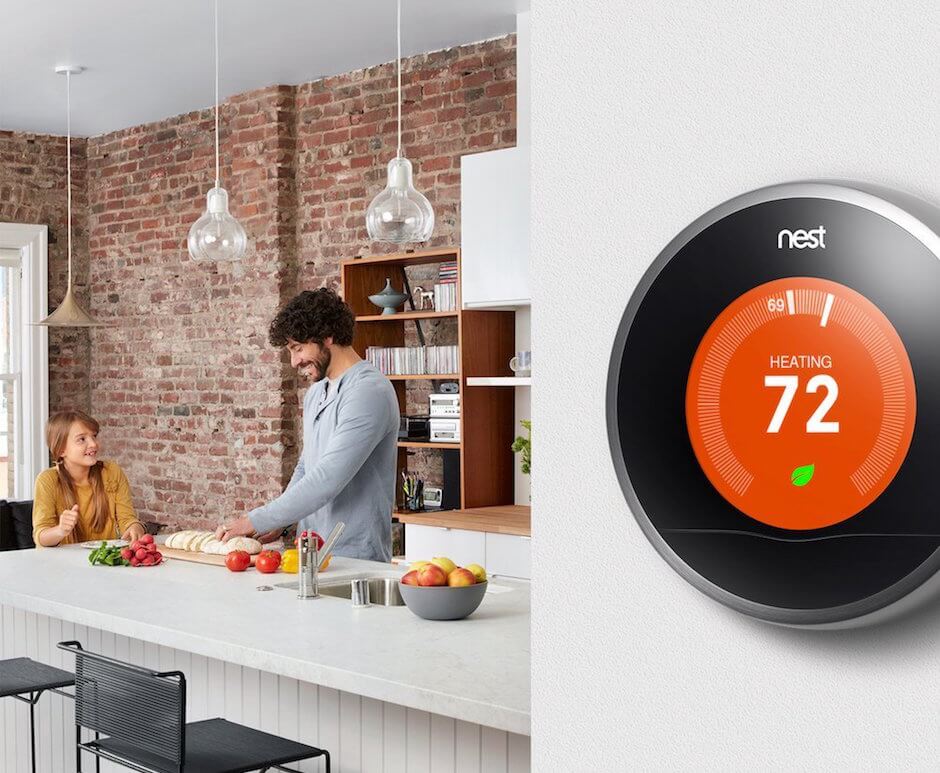
Meat-Free Kitchen
The agriculture and food production industry has grown into a major environmental threat as a growing source of greenhouse gas emissions. To meet the high demand of meat consumption, the industry relies on fossil fuels to produce meat, which releases carbon dioxide, among other powerful gases like nitrous oxide and methane. If a widespread adoption of a vegetarian diet could help reduce emissions by 63 percent, your family can help by cooking less meat and eating more vegetables.
Cutting out beef in particular can serve as a way to help protect the environment. Because of the cow’s unique digestive process, these livestock emit methane. CNN reports that an average cow in North America (raised in a feedlot) belches out 117 pounds of methane per year. Favoring a low-meat, high-veggie diet can help your household combat eco-harm, starting in the kitchen.
All-Natural Cleaners
Toxic chemicals in cleaning products disinfect, but also contribute to indoor air pollution as health hazards and pollute the waterways once those cleaning liquids go down the drain. These cleaning pollutants can harm the quality of the water, along with fish and wildlife.
Homemade cleaners made with safe, simple ingredients like water, baking soda, vinegar and lemon juice help turn household chores into eco-friendly activities.
Washing and Drying Laundry
An estimated 90 percent of energy is used just to heat water for laundry. Turning the dial to cold conserves energy use, and even just switching the washer’s temperature from hot to warm can reduce a load’s energy by half, according to the U.S. Department of Energy.
For greener drying, skip the dryer altogether and hang dry to emit less carbon dioxide. Dryer sheets also contain a fabric softener chemical and fragrance chemical, which are found to produce air pollutants, including toxic carcinogens. Choose an eco-friendly brand like Mrs. Meyer’s Clean Day Dryer Sheets or add 1/4 cup of vinegar during the rinse cycle.
Energy Star Investment
For a family, washing and drying the household’s laundry can consume high amounts of water and energy. Investing in an ENERGY STAR washer and dryer can significantly improve your laundry room’s energy efficiency. ENERGY STAR washers clean clothes using 35 percent less water and 20 percent less energy than standard washers, according to the U.S. Department of Energy. ENERGY STAR dryers use 20 percent less energy than standard dryers. You can also reduce your carbon footprint even more by upgrading your home with an ENERGY STAR refrigerator and dishwasher.
Innovative Heating and Cooling
Heating and cooling makes up for almost half of your energy bill, about $1,000 annually, according to the U.S. Environmental Protection Agency. Save energy and money with the Nest Learning Thermostat designed to automatically program itself by adapting to your lifestyle and set itself to an eco-friendly temperature when no one’s home.
According to Nest, studies have shown that this smart thermostat has saved people an average of 10 to 12 percent on heating bills and 15 percent on cooling bills. A leaf symbol indicates when you change to a temperature that saves energy and your home report’s energy history shows how much energy you use, which helps you determine how to use less.
Green Driving
Your budget may not have room for you to drive a hybrid or electric car, but you can make an eco-friendly difference with your current car and a few green habits. First, regular maintenance (such as oil changes, replacing the air filter and changing the brake pads) keeps your car in good condition for longevity and reduces exhaust emissions. Maintenance and tune-ups can also improve your gas mileage and reduce how much gas you use.
Other green driving tips include sensible non-aggressive driving, observing the speed limit, removing excess weight in or on your vehicle and using cruise control, according to the U.S. Department of Energy.
DIY Decor
Recycling is one of the most universal ways to protect the environment, but what about upcycling? Upcycling furniture is an eco-friendly way to repurpose pieces and other materials into a one-of-a-kind “new” item for your home. You can even build original furniture or create decor yourself using eco-friendly or used materials, such as reclaimed pallets.
Impacting environmental change is also about awareness and lending your voice to help protect the planet. Decorate your home with beautiful artwork of earth and nature as a way to aesthetically advocate going green within your home. These pieces can become a reminder for why your family (and guests) should continue to make the extra effort to live green responsibly













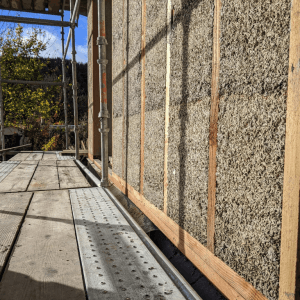




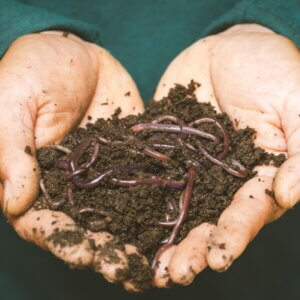
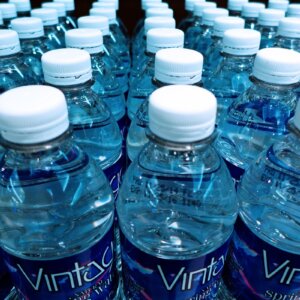









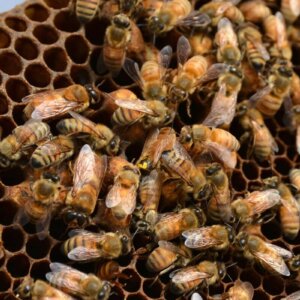












Love this post! I really like that you included cutting or limiting meat because I feel like being vegetarian is generally taboo in the homestead community. We also unfortunately haven’t been able to sell a truck we want to but driving the speed limit or slower has really increased its mpg.